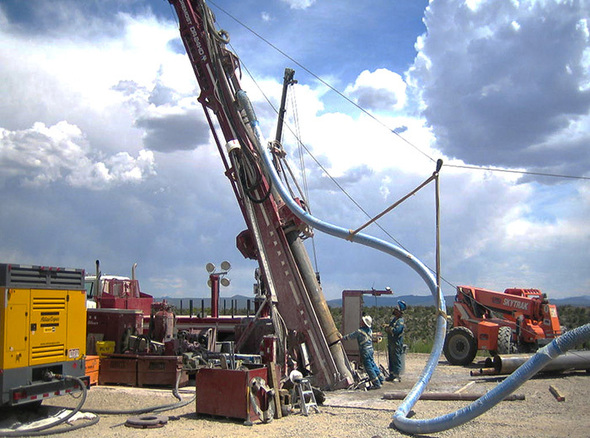RESPEKT!
---------- Forwarded message ----------
From: DOE EM <doeoem@public.govdelivery.com>
Date: Wed, Aug 31, 2016 at 9:33 PM
Subject: EM Update | Vol. 8, Issue 16 | Aug. 31, 2016
To: pascal.alter@gmail.com
From: DOE EM <doeoem@public.govdelivery.com>
Date: Wed, Aug 31, 2016 at 9:33 PM
Subject: EM Update | Vol. 8, Issue 16 | Aug. 31, 2016
To: pascal.alter@gmail.com
This email was sent by GovDelivery, Inc. on behalf of DOE Office of Environmental Management - 1000 Independence Ave., SW Washington, DC 20585 - (202) 586-7709
| |||||||||||||||||||||||



Brak komentarzy:
Prześlij komentarz